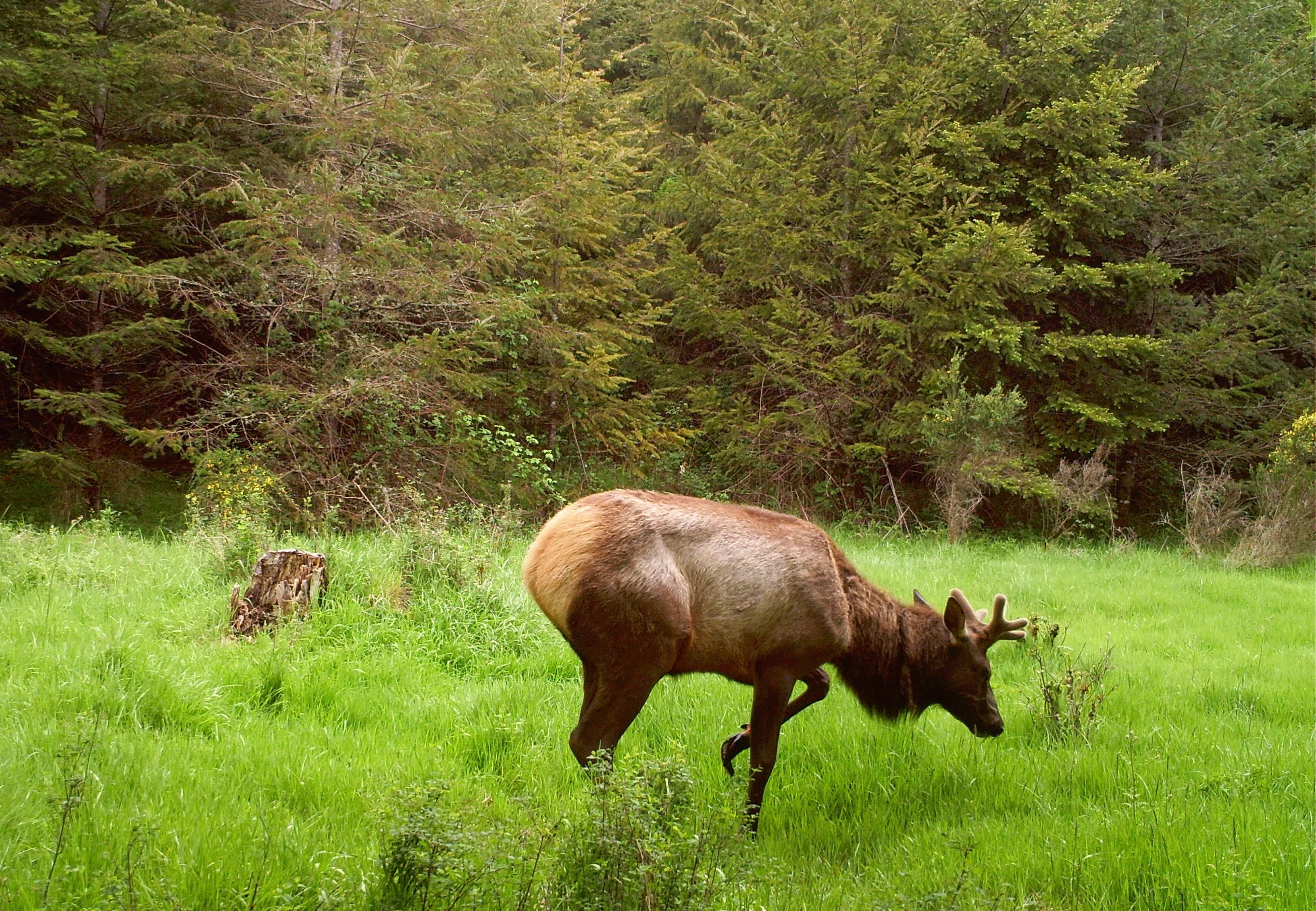Legislation has been introduced into the Washington state Senate to allow hunting license holders, landowners and tribal members to euthanize elk with a severe limp without regard to season dates, areas or tags.
Sen. Kirk Pearson, R-Monroe, introduced Senate Bill 5474 on Jan. 25. A hearing on the bill is scheduled for 1:30 p.m. Tuesday before the Senate Natural Resources and Parks Committee, which Pearson chairs.
Non-Indians would be required to notify the Department of Fish and Wildlife of their euthanizing of an elk within 48 hours. The elk could be retained at the shooter’s discretion.
Bruce Barnes, founder of Mount St. Helens Rescue, said the bill is a horrible proposal.
“It’s unregulated hunting,’’ said Barnes, a Clark County resident. “There’s not enough enforcement on the state’s part. It’d be a free for all.’’
The measure also would:
• Require Department of Fish and Wildlife staff in possession of a firearm to euthanize an elk exhibiting a severe limp if located in an area where hoof disease is present.
• Prohibit anyone, including the Department of Fish and Wildlife, from moving a live elk from an area affected by hoof disease to any other location.
• Require the department to meet at least quarterly with its elk hoof disease public working group.
• Provide a status report to the state Fish and Wildlife Commission and Legislature every six months regarding elk hoof disease.
• Require the wildlife department to request recommendations from the state veterinarian and Washington State University College of Veterinary Medicine for actions to prevent hoof disease from being transmitted to domestic animals.
Observations of elk with deformed, broken, or missing hooves have increased dramatically in Southwest Washington in the the past decade.
The Cowlitz River valley is the epicenter of observations of ailing elk, but sightings also have been reported by the public in the Willapa Hills, Mount St. Helens, south Olympic Peninsula and in the Skagit River valley, plus northern Oregon.
Tests conducted by scientists in the United States and abroad show these abnormalities are strongly associated with treponeme bacteria, known to cause digital dermatitis in cattle, sheep and goats.
Digital dermatitis has plagued the livestock industry for decades, but the disease has never before been documented in elk or other wildlife.
Barnes said at the core of elk hoof disease is excessive herbicide spraying by private timber companies and the state Department of Natural Resources following logging.
The herbicides suppress the forage growth that follows logging, forage that provides feed for elk, he said.
Elk in poor condition are more susceptible to hoof disease, Barnes said.
“The timber companies spray that ground in spring and fall,’’ he said. “They sterilize the ground. The whole problem lies with the Forest Practices Board.’’
In 2013, the department created two advisory groups to help address scientific issues and societal concerns raised by the disease.
The first section of the bill recognizes the efforts of the Department of Fish and Wildlife, but states “…more aggressive steps are necessary to achieve a better understanding of the hoof disease epidemic facing the state’s elk populations and to ensure proactive management and treatment actions are pursued.’’




